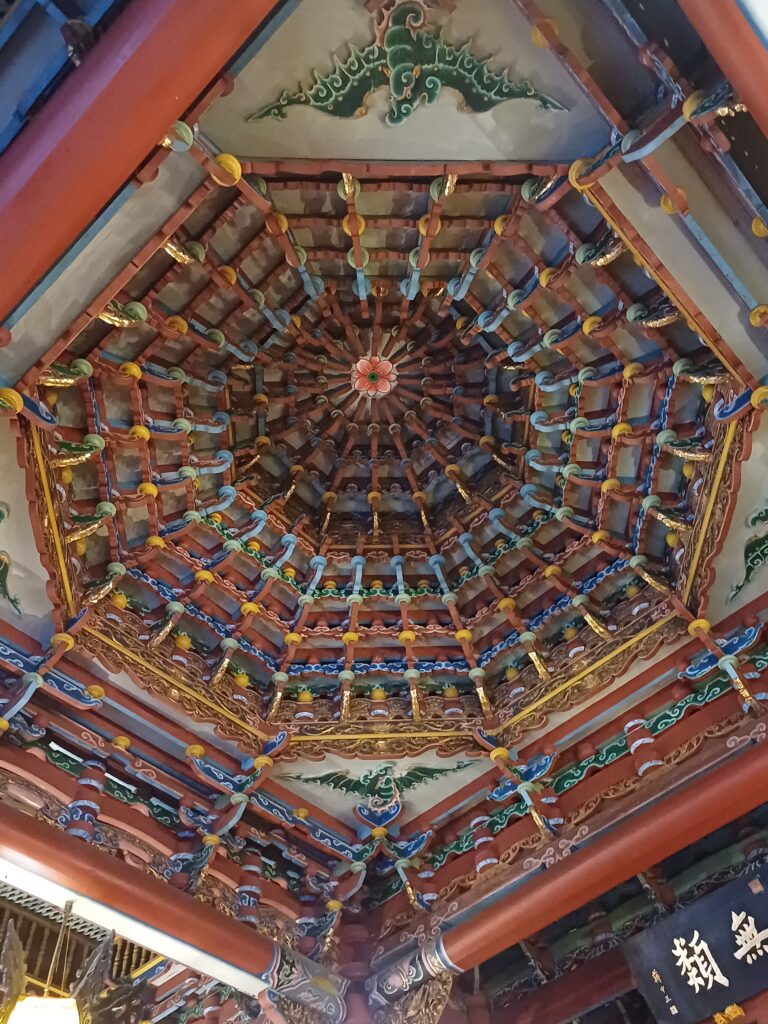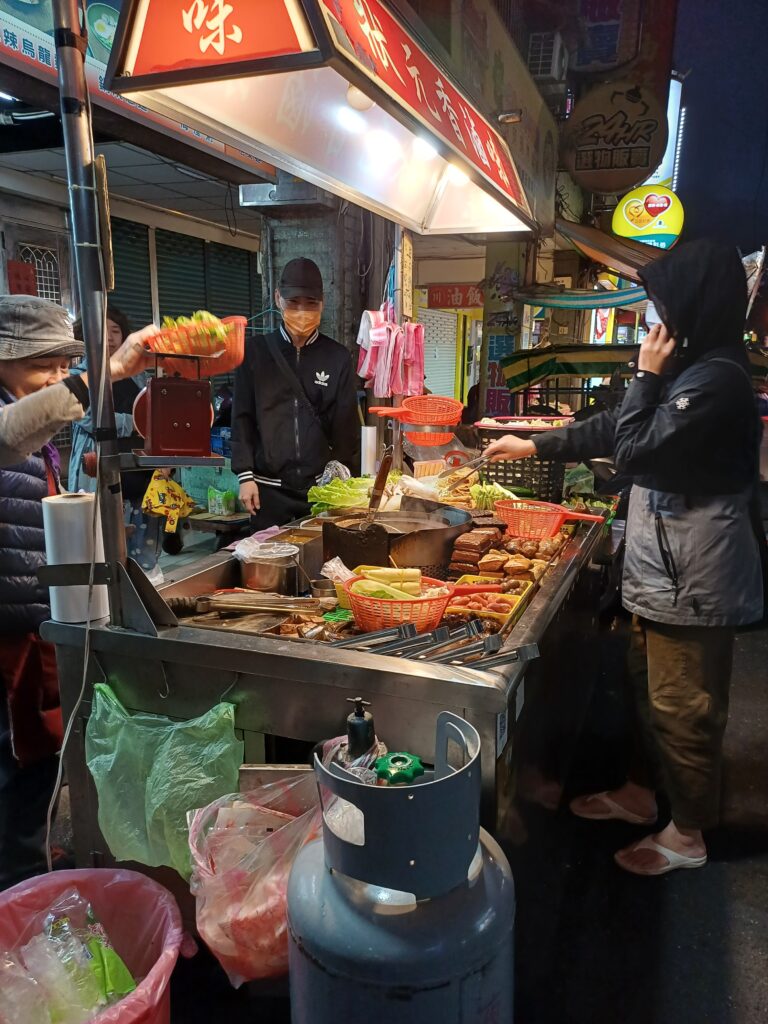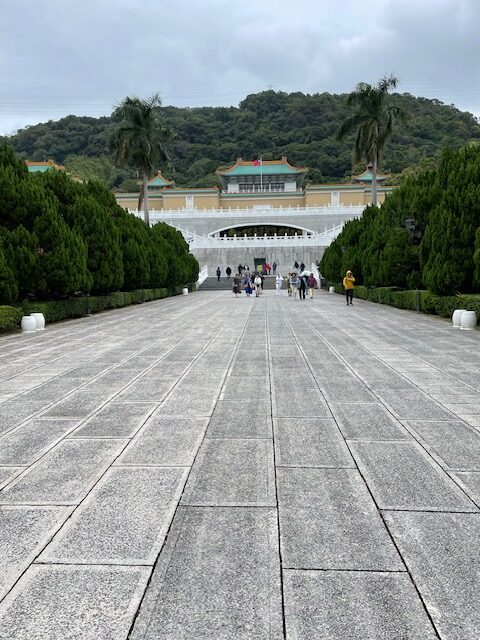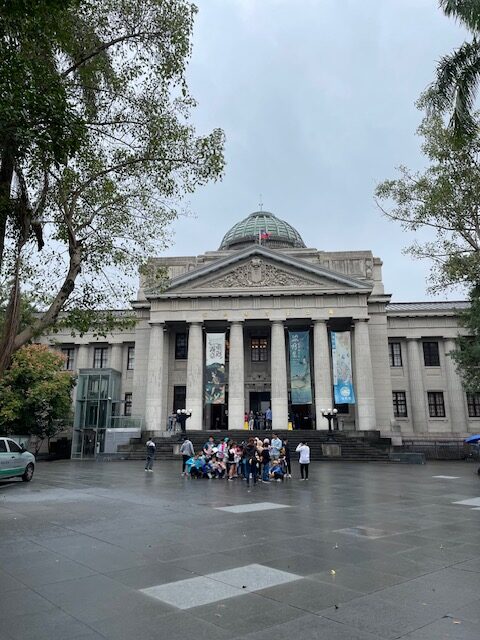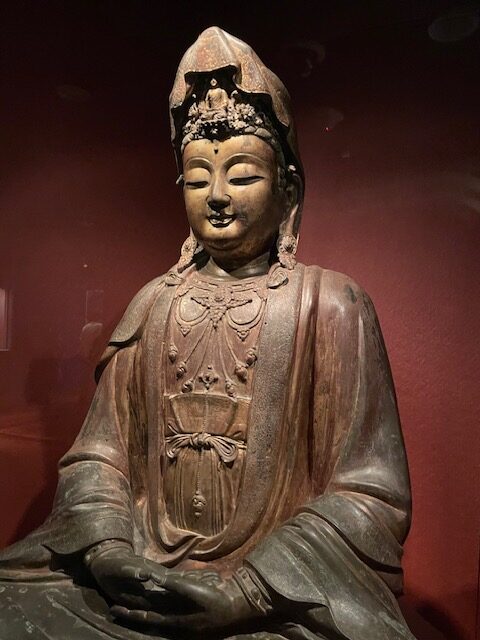Taipei
Taipei: Capital of Formosa and Center of Alternate China
Date Visited: November/December 2023
Getting There
Taipei’s major airport is an international hub and a pleasant and easy-to-navigate place to transit to a second flight. You can easily reach it from virtually anywhere in Asia and from most large North American cities. EVA Airlines is the primary carrier into the country. My ticket back home to the U.S. on EVA via Taipei was actually $160 cheaper if I took a 54-hour layover rather than transiting without delay, so I decided to look at this as an opportunity rather than an inconvenience. Two days wasn’t really enough time in Taipei, but it still afforded me the chance to get a nice taste of the city. I would certainly be willing to go back for a longer visit in the future.
Jin Bing

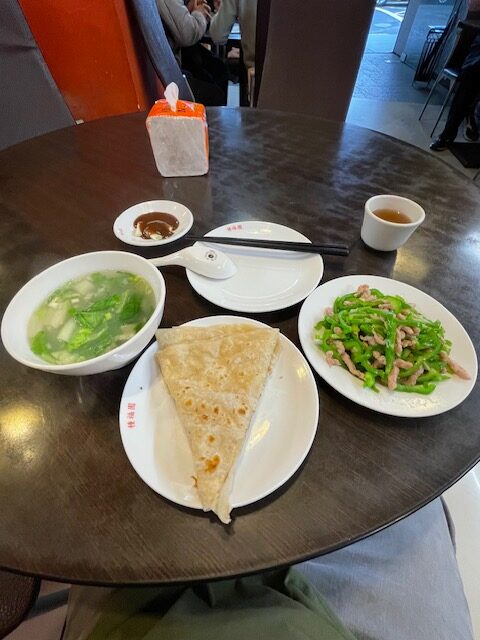
My favorite culinary experience was eating Jin Bing at Blessing Restaurant near the Peace Memorial Park. Jin Bing is a sort of crepe made of wheat that you order fillings to place inside the crepe. The cool thing about Blessing is that you can watch the cook make the crepes in the restaurant window.
Dalongdong Temple
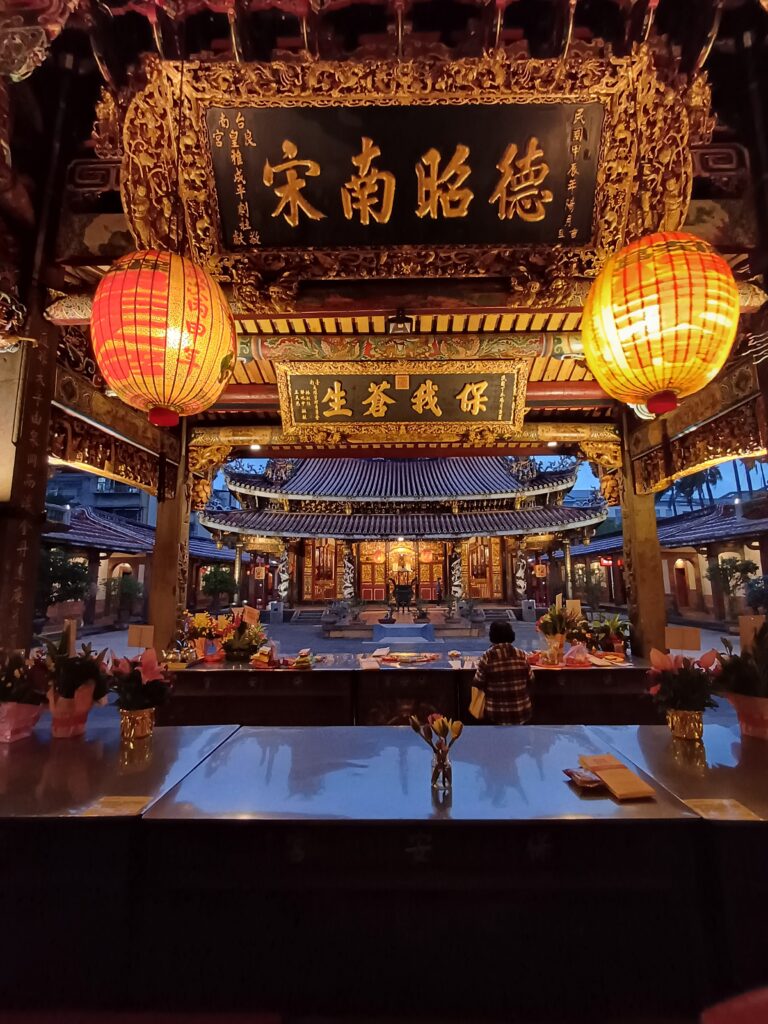
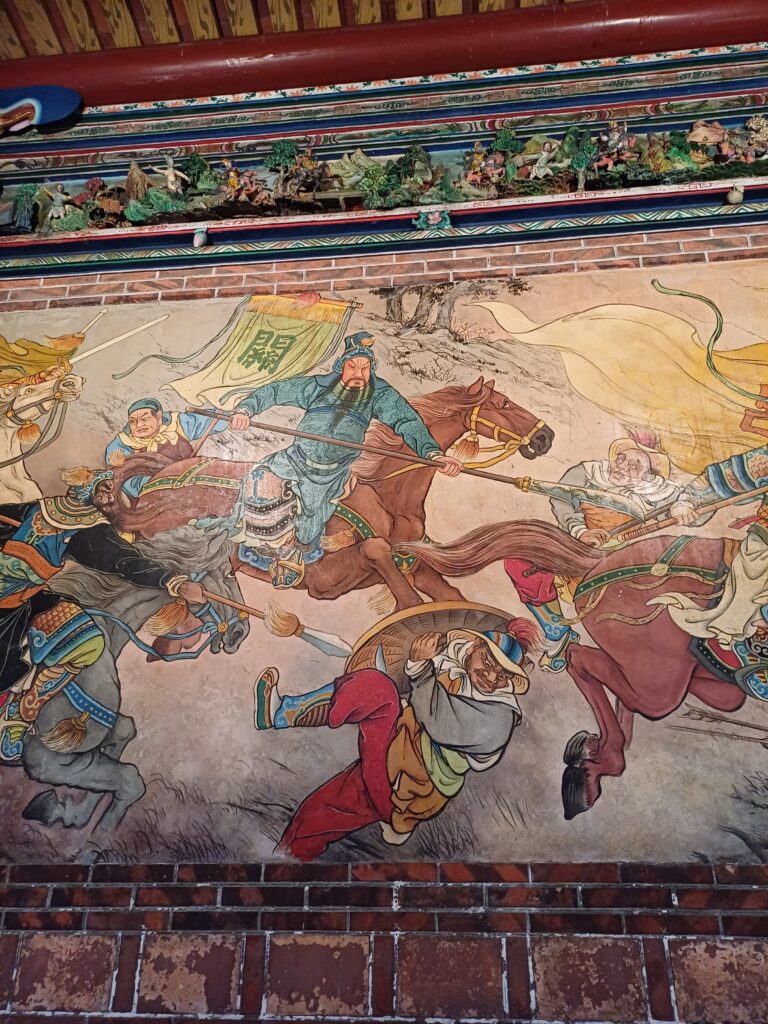
This Taoist temple dates to 1804. It’s a beautiful structure that houses a wealth of art. Across the street is the Confucius Temple from 1875, though the current structure was created in 1930 to replace the original that the Japanese destroyed during their occupation. Both temples are classic examples of Chinese religious architecture from their respective eras.
Dalong Night Market
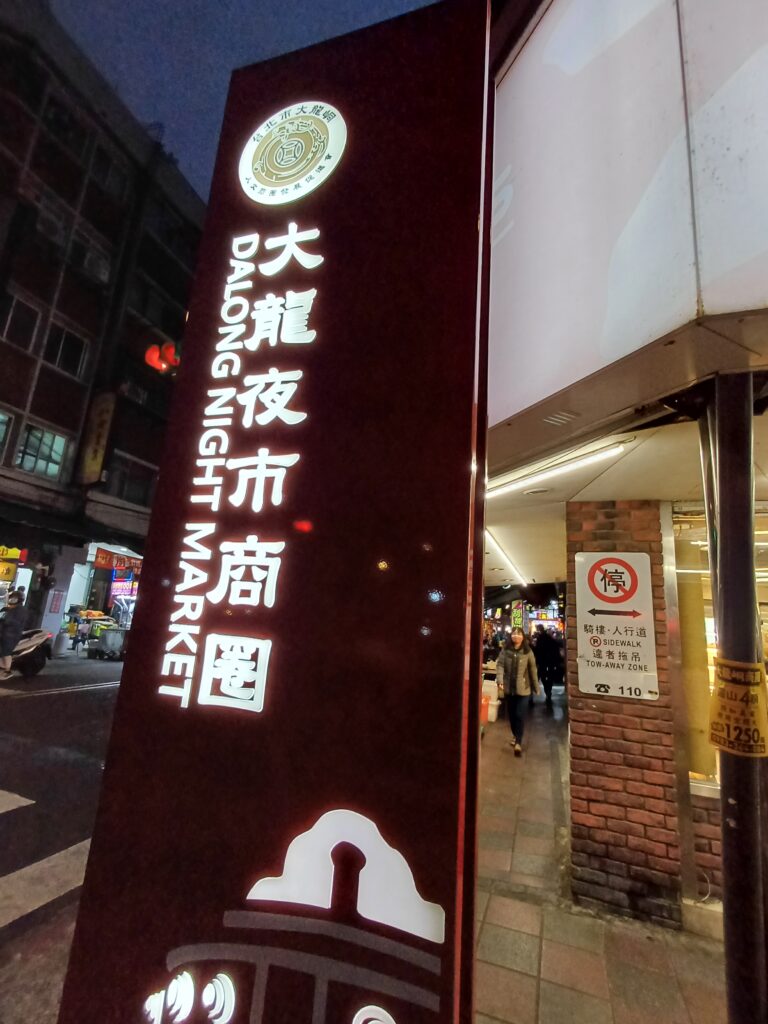

One of the quintessential experiences of Taipei is visiting a night market where you can sample an extraordinary variety of street food. There are dozens of night markets across the city. I visited Dalong because it was directly across from the temples I was visiting, but there will surely be a market within proximity to wherever you might find yourself. My favorite food was the various kinds of dumplings you will encounter.
National Taiwan Museum
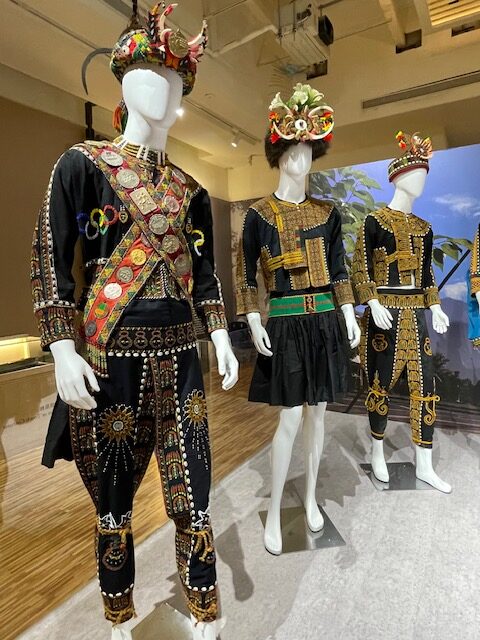
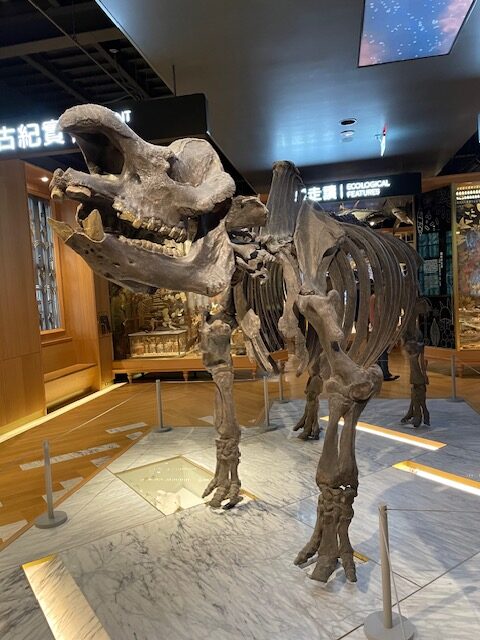
This centrally located museum is the oldest in Taiwan (1906) and provides the visitor with a thorough introduction to Taiwanese/Formosan culture. Taiwan was first colonized by the Chinese centuries ago, followed by the Dutch, the Spanish, the Japanese, and finally Kuomanting China. Indigenous culture has almost been completely wiped out during the colonizing process, but what remains is well-documented and gives the visitor a clear sense of how life on this small island has evolved and how its original roots are not Chinese at all. A large natural history museum next door is part of the complex, but being an old dinosaur myself, I saw no need to visit that part of the museum.
228 Peace Memorial Park
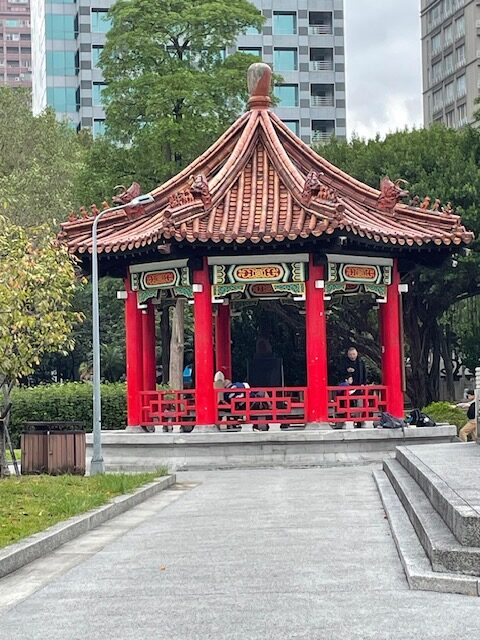

This park is directly adjacent to the National Taiwan Museum. It commemorates the uprising of the indigenous Taiwanese against the Nationalist Chinese who were moving to Taiwan to escape their loss of the civil war on Mainland China versus the Communists. This 1947 incident led to increased Nationalist Chinese oppression during the subsequent years where it is estimated that over 20,000 Taiwanese were massacred. The park itself has interesting fountains, shrines, greenery, and monuments.
Taipei Fine Arts Museum
This museum (1983) built in the Japanese Metabolist style is the largest collection of modern art in the country. It’s a nice contrast with the extraordinary amount of traditional art and architecture you’ll encounter in Taipei. The museum exposes the visitor to avant-garde approaches to Taiwanese art and resistance to the societal status quo. The museum is across the street from Taipei Expo Park which houses various attractions and temporary exhibitions. When I visited, it was the first day of the German Christmas Market (with about 100 vendors) celebrating traditional Teutonic holiday crafts and cuisine.
National Palace Museum
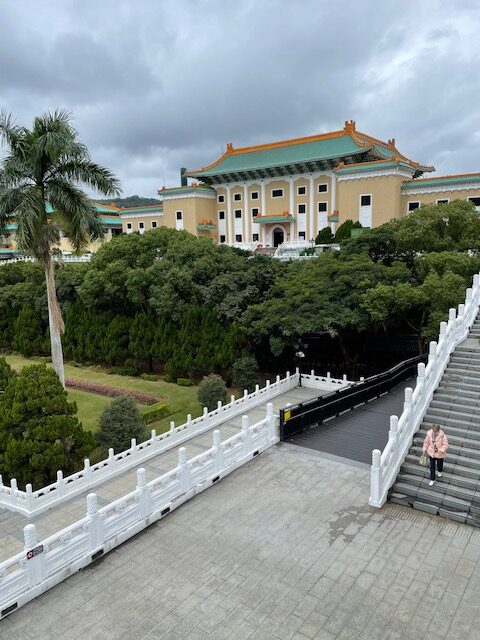
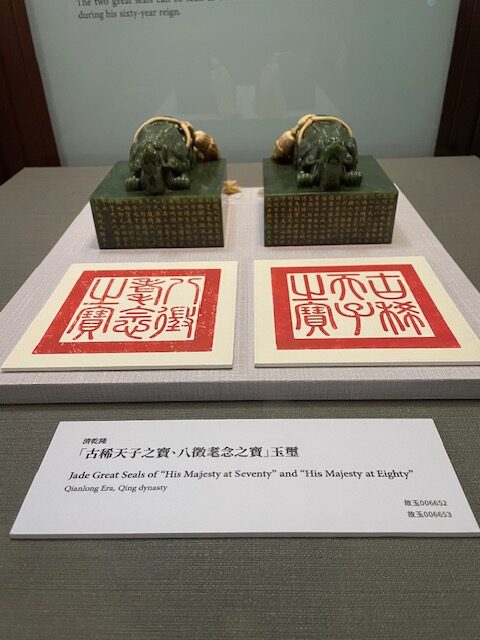
If you only have time to visit one place in Taipei, I would suggest the National Palace Museum. It takes a bit of an effort to get there as it is on the outskirts of the city, about 15 km. from the center. It is the greatest collection of Chinese art outside the mainland as the defeated Nationalists brought approximately 700,000 artifacts and artistic treasures with them to Taiwan as they escaped the Communists and established their government in exile on the island in the late 1940s. The collection is so vast that only 1% can be displayed to the public at any one time. It’s the kind of museum that is so massive and crammed full of art that it can numb your brain and exhaust you more than hiking up a volcano. Pace yourself and don’t attempt to see everything and you will find it a wonderful learning experience.
This is definitely not an exhaustive guide to Taipei as I only had two full days to visit. There are so many more things to see and excursions you can take outside the city. I would guess a minimum of four days would be the recommended visit, but sometimes you can only do the best you can with the time you have available, and I think I used my time fairly efficiently.
Gallery

